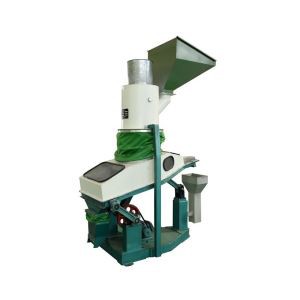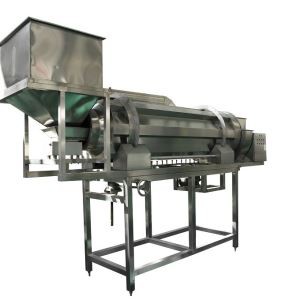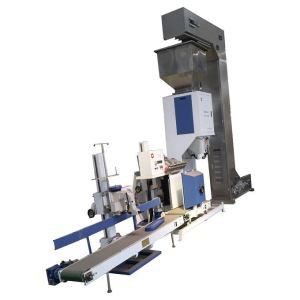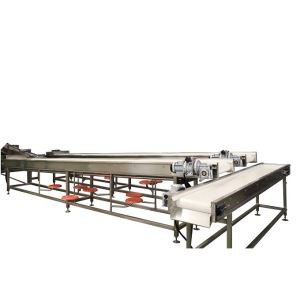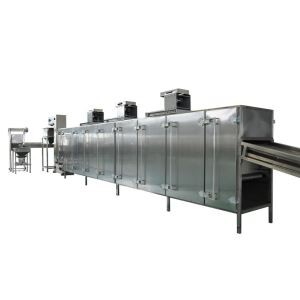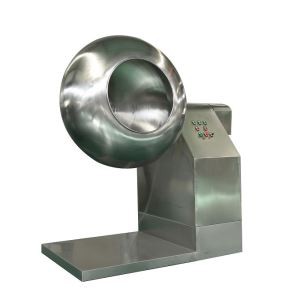Friction damage form of peanut sheller
The peanut sheller is in continuous contact with the material during the processing process. Because one of the hard convex parts of the surface is in contact with the other surface, or there are hard particles between the two friction surfaces, or the particles are embedded in two In one surface of the friction surface, after relative movement occurs, the wear caused by the displacement of the material on one of the two surfaces is called abrasive wear.
When the abrasive acts on the metal surface with great pressure (for example, when the crusher is working, the ore acts on the jaw plate), a great compressive stress is caused at the contact point. At this time, it will cause deformation and fatigue for ductile materials, and for brittle materials. It causes chipping and spalling, which in turn causes surface damage. The situation of coarse abrasives entering the friction pair is similar. The condition for this kind of wear of the parts is that the compressive stress acting on the broken point of the abrasive must be greater than the compressive strength of the abrasive. And many abrasives (such as sand, stone, iron filings) have higher compressive strength. Therefore, this kind of wear is called high-stress grinding abrasive wear.
The abrasive moves relatively freely at a certain speed and comes into contact with the friction surface. The normal force of the friction surface of the abrasive is very small. For example, when the gas (liquid) flow carries the abrasive on the working surface for relative movement, the surface of the part is scratched. This kind of wear is called low-stress wear. For example, the abrasion of the impeller of the exhaust fan for the sintering machine and the impeller of the mud pump for the mine are all low-stress abrasive wear.



